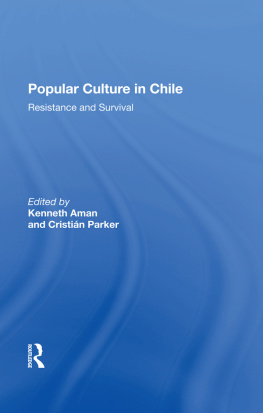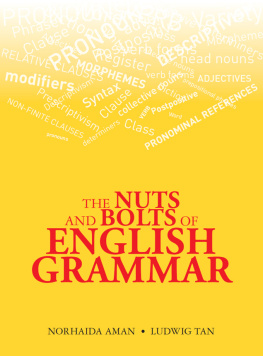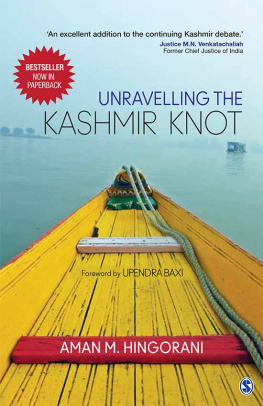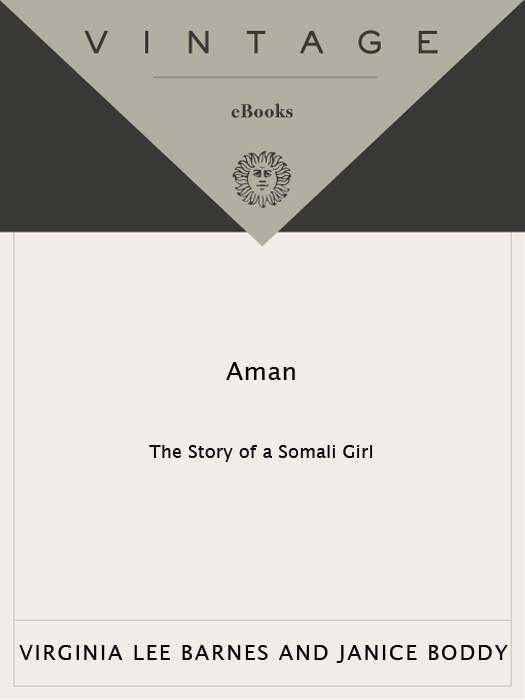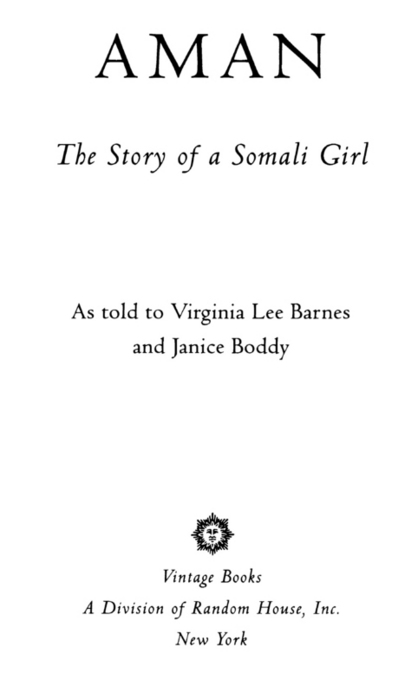Acclaim for AMAN
The Story of a Somali Girl
A direct, heartfelt autobiography. This revelatory first-person narrative puts a human face on the country we have come to know largely through bewildering photo ops on the evening news.
Elle
In this memoir of her early years, Aman reflects on life, lineage, and community. She interweaves the story of her own struggles with the cultural and political evolution of Somalia.
Ms.
A riveting story of survival.
Publishers Weekly
An extraordinary story shockingly real. Not only is the book an extraordinary glimpse of a country undergoing violent political and social change, its an engrossing personal saga.
Vancouver Sun
A lyrical first-hand account of a complex and charismatic modern-day African heroine. [A] unique and rich account of life in a fascinating and troubled land.
Kirkus Reviews (starred review)
A lively and rare oral autobiography from Africa [that] deepens our understanding of a distant culture.
Toronto Globe and Mail
AMAN
The Story of a Somali Girl
Aman is a pseudonym that means trustworthy in Arabic.
FIRST VINTAGE BOOKS EDITION, SEPTEMBER 1995
Copyright 1994 by Aman and the Estate of Virginia Lee Barnes Foreword and Afterword copyright 1994 by Janice Boddy
All rights reserved under International and Pan-American
Copyright Conventions. Published in the United States by Vintage
Books, a division of Random House, Inc., New York, and simultaneously in
Canada by Random House of Canada Limited, Toronto.
Originally published in hardcover by Pantheon Books, a division of Random House, Inc., New York, in 1994.
The Library of Congress has cataloged the Pantheon edition as follows:
Barnes, Virginia Lee.
Aman: the story of a Somali girl/as told to Virginia Lee Barnes and Janice Boddy.
p. cm.
eISBN: 978-0-307-55434-5
1. Aman. 2. SomaliaBiography.
3. WomenSomaliaSocial conditions. 4. GirlsSomaliaBiography. I. Boddy, Janice Patricia. II. Title.
CT 2208.A43B37 1994
967.7305092dc20
[B] 94-6745
v3.1_r1
Contents
For Mama, Grandmama, and Lee
and all my friends who helped me, and
anybody who has helped my people
F OREWORD
Like a realistic novel, an oral history allows us to witness the sweep of time and transformation through the everyday experiences of ordinary lives. This is history close up, portrayed by someone fully immersed in the events she describes, whose words expose the hidden framework of culture, religion, and morality that shapes her own and others acts. Amans narrative, the story of her life and family in Somalia, begins long before her birth and ends shortly after her flight to Kenya, then Tanzania, at the age of seventeen. It is at once a striking account of rapid social change in arid northeast Africa and a candid, intimately personal story of a young girls struggle to come of age, of her strength of will and remarkable resiliency in the face of tremendous social odds. And it is a tale that is beautifully, at times wrenchingly, told.
Virginia Lee Barnes, the anthropologist with whom Aman originally worked to produce this memoir of her youth, noted in a scholarly paper months before her early death that she had long sought a Somali woman who would tell the world her life. Lee wrote: I knew that if I found such a woman, she would tell a wonderful story, because Somali culture has its own high narrative tradition; Somalis are known throughout the world as a nation of poetsa people who are masters of the verbal art. Like others who have grown up in a largely oral culture, Aman has impressive powers of recall. Societies with oral traditions cultivate the art of memory, and when coupled with dramatic finesse, the outcome can be rivetting. Stories, of course, are imaginative translations of life-as-lived into life-as-told. And memory is naturally selective: no recollection of the past is wholly untempered by present circumstance or understanding. Yet traces of Amans adult self in this story of her youth are muted; her biography reverberates with the themes and concerns of Somali culture as it was when she was growing up in the 1950s and 1960s, and continues, in sadly disrupted form, today.
As I write, in early 1994, Somalia is very much in the news. In the throes of a bitter civil warbrutal anarchy, as some reporters describe itexacerbated by a terrible famine that the war partially caused, Somalia today is a tragic country, a land of death and refugees. Some 30,000 displaced Somalis currently live in the Canadian city where I teach. Aman herself now resides abroad. Yet her story allows us to turn the clock back to a more peaceful time, when Mogadishu, the capital city, was hailed as the safest city in East Africarelatively safe, that is, if you were a young girl on the run; safe once you knew how to handle men. Amans tale of hardship and triumph, of learningbecoming street and socially wiseallows us privileged insight into the world of Somalias most vulnerable citizen: the female child. This is one girls story; it does not apply to all. But it counters media images of Somalia as a land of starving, uncared-for children and inhumane, marauding warlords.
Positioned beyond the halls of power and wealth in colonial and postindependence Somalia, Aman describes her countrys social arrangements as one who lives them, without undue theoretical rationalization. English, the language in which she recorded her tale, lacks Somalis fine-grained distinctions for different categories of kin. Despite this difficulty, her story describes a system of family and connection far different from European forms, but similar to those found elsewhere in Africa and in the Middle East. In Somalia, as Aman puts it, Father is your main blood. Descent is traced exclusively through the father, back several generations to a common founding patriarch. Descendants in this paternal line make up a lineagea patrilineage, to be precisethat is named for its founder. Larger groups form by tracing even deeper into the past; these Aman refers to as tribes, though clan and clan-family are terms more often used in the Western press. And beyond that still, Somalis hold to the belief that they are all descendants of a small number of ancestors who were sons and grandsons of a single father, the mythical Samaale. Whether near or remote, each descent group is a political association as well as a unit of kin. But where anthropologists and, no doubt, Somali clansmen grapple with the political intricacies of the system, Aman speaks refreshingly of people: sisters, cousins, relatives. Though Father is your main blood and determines political affiliation, Somalis acknowledge relationship with maternal kin: members of their mothers, fathers mothers, and mothers mothers descent groups. These relations lack the political authority and intense obligation of patrilineal kin, but are nonetheless important sources of support; so too are relatives by marriage. Aman frequently relies on such support when fleeing from her fathers sons. The mother-focussed family she grew up in contrasts with the Somali ideal: she does not reside with her father and his other children; and her maternal half-brother and half-sister with whom she does, both belong to lineages other than her own. Yet, as the novels of Nurrudin Farah affirm, in southern Somalia Amans household is hardly unique.


